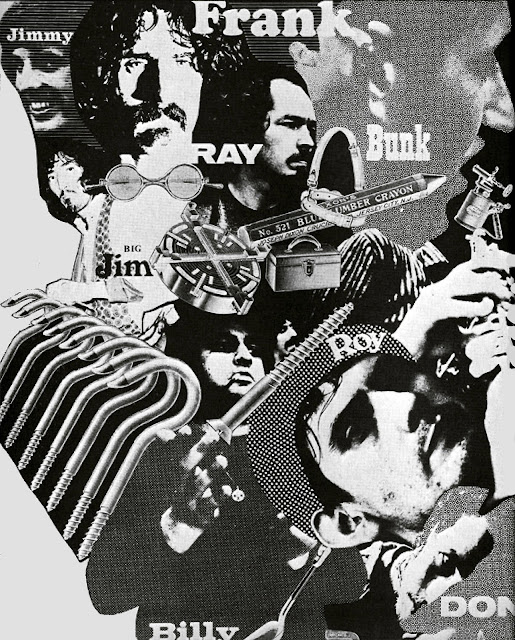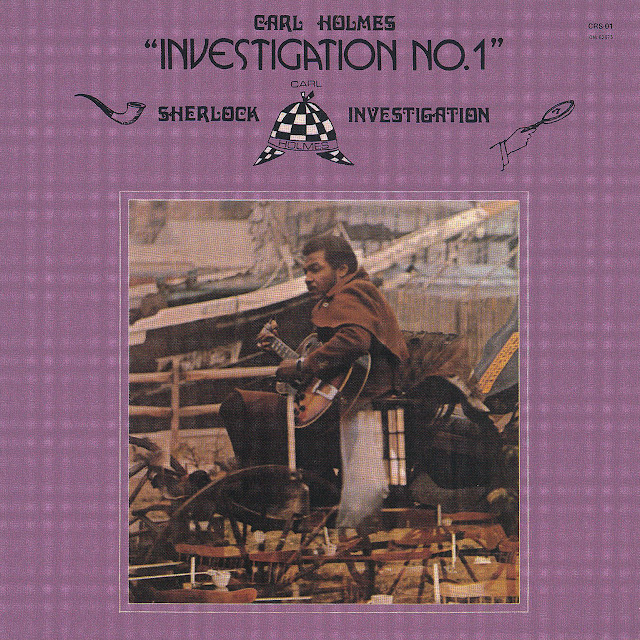Bitrate: 256
mp3
Ripped by: ChrisGoesRock
Artwork Included
Source: Japan 24-Bit Remaster
(Not easy to find a biography about this album) Veteran session keyboardist Stu Gardner assumes the spotlight for Stu Gardner & the Sanctified Sound, a solid if unspectacular funk outing indicative of its creator's journeyman status.
A soulful, nuanced "Home on the Range" and the self-explanatory "Funky Neighborhood" nevertheless make for engaging listening, and DJs in search of sample fodder will find a number of funky breaks to plunder.
01. Devil In A Man 04:18
02. Added To A Broken Heart 03:50
03. Funky Neighborhood 03:14
04. Home On The Range 04:55
05. Mathilda (Instrumental) 03:06
06. Sanctified Sound 05:51
07. Sister Matilda 03:55
08. Leave Him Alone 02:53
09. The Sweetest Song 05:14
10. The Sweetest Song (Part 2) 02:04
1. Stu Gardner
or
2. Stu Gardner
or
3. Stu Gardner
.


































